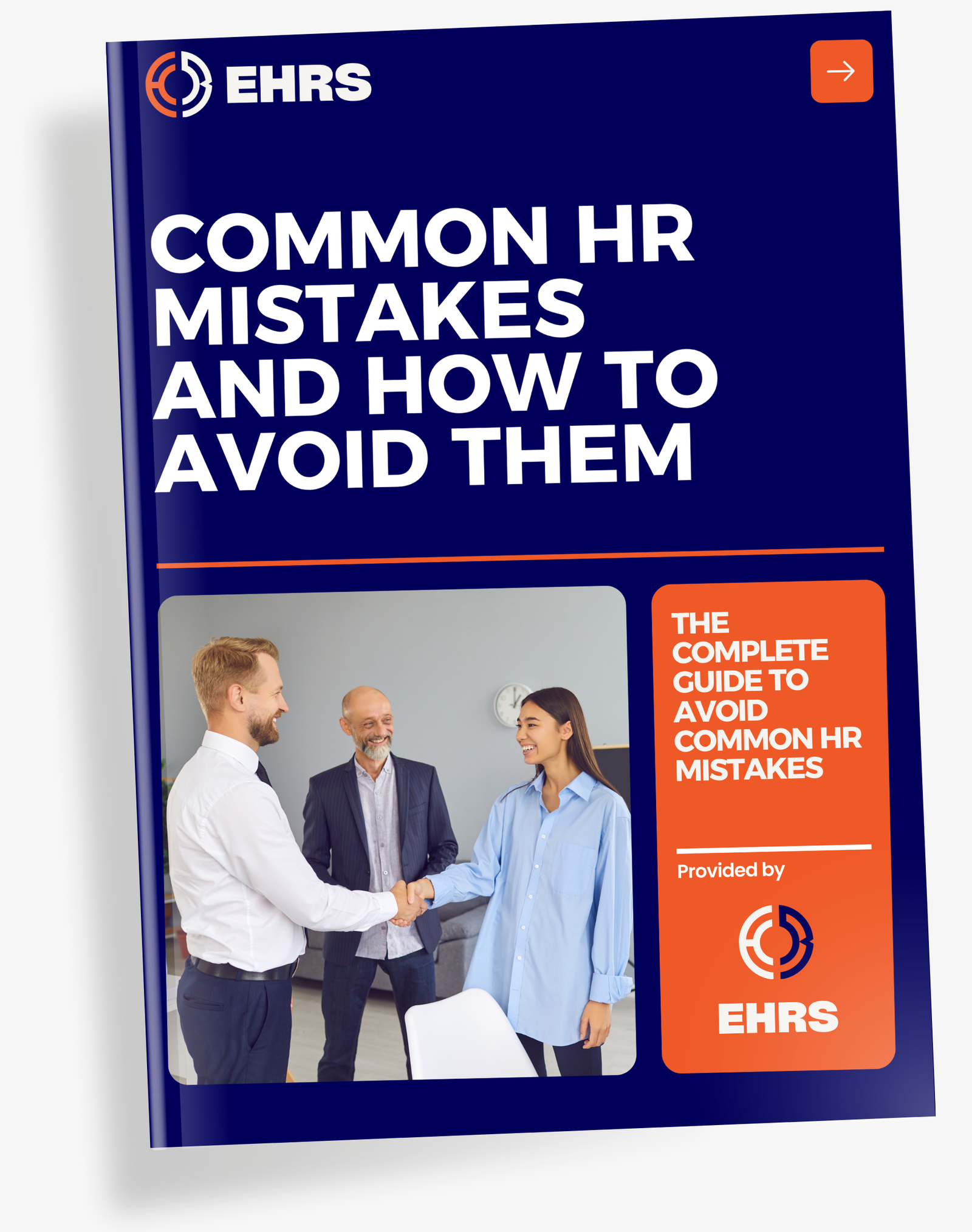HR talent acquisition is all about finding and acquiring the right people to help your company grow. It is a long term strategy that is focusing on building and nurturing a strong and very skillful workforce.
Definition of Talent Acquisition in HR
In essence, the definition of talent acquisition in human resources refers to a strategic process of identifying, attracting, evaluating, selecting, and hiring quality individuals that would meet the company’s requirements.
This term goes beyond just a mere recruitment process as it focuses on building long term relationships with potential employees, creating a pipeline of talent that would ensure the company’s hiring processes align with its core business goals.
Why is Human Resources Talent Acquisition Important?
Talent acquisition includes everything from candidate experience, employer branding, to landing top talented individuals for both existing and future roles. It is a process where a team is specifically responsible for scouting, evaluating, and onboarding new hires.
These key elements build a diverse and high quality workforce, ensuring a healthy pipeline of qualified candidates, which in turn ensures the right people are brought on board at all times.
This is the primary reason why an HR talent acquisition team is so vital to helping a company grow and achieve its objectives.
General Recruitment vs Talent Acquisition
It is fairly easy to confuse and mix up the two terms as both aim to bring in new employees into the fold.
Even though both terms overlap, they serve different purposes. The main difference between an HR recruiter and talent acquisition is the short and long term commitment.
Namely, recruitment is a short term game where a recruiter employs an individual to cover an immediate vacancy. Basically, focusing on filling out vacant positions as fast as possible.
Talent acquisition, on the other hand, is a long term game, where you attract promising talent, build a strong workforce culture, and plan for the future. In other words, these specialists take a broader aspect and work strategically to hire and retain top talent.

How Does an Effective HR Talent Acquisition Process Look Like?
Companies need to take a very planned and strategic approach to talent acquisition in order to attract and retain top quality talent. Employer branding plays a vital role here as it is key in promoting and reflecting the company’s values, competitiveness, and culture.
From the very start of a candidate’s application to the final offer, an HR specialist in talent acquisition needs to focus on this journey and manage it flawlessly.
Clear communication, close collaboration, and sharing goals are essential in creating an effective hiring experience. After this, retaining the top talented individuals and key members of the team is also a vital aspect, critical for the company’s long term success.
Here’s how a simple, yet effective process looks like:
1. Generating Leads
Actively find and identify potential candidates to create a strong talent pipeline. This can be done via sourcing strategies, employer branding efforts, and most prominently, networking.
2. Attracting & Recruiting Top Applicants
Next, the focus should be on creating clear and compelling job descriptions to ensure a targeted outreach. This way, a company can pull in high quality candidates who will align with their goals and values.
3. Assessment & Interviews
Assessments and structured interviews are essential to evaluate candidates and gauge their skills, experience, and how they will fit within the company’s culture.
4. Evaluating References
Reference contacts and background and performance checks can help a lot to verify the candidate’s skillset and provide a deeper insight into their reliability, loyalty, experience, and work ethic.
5. Choosing the Best Applicants
When choosing who the best applicants are, it is important to use an approach where the candidate will meet the requirements and also show a bit of long term potential.
6. Hiring & Onboarding
The final step requires a smooth transition, meaning a quality onboarding experience with clear guidelines and expectations, setting up the new hires for instant success.
Tips for Creating an Effective Human Resources Talent Acquisition Strategy
Talent acquisition is a detailed and extensive process that requires meticulous planning and heavy attention to detail.
Before starting this process, it is also vital to understand the company’s structure and requirements. Here are the key steps necessary to start the process and get moving forward:
1. Analyze the Organization
This is the first and most fundamental aspect of creating the talent acquisition strategy. Analyzing and auditing the company will help the HR department to align the business’ vision, mission, goals, and values with the skills and experience required for a specific role.
It will help define the ideal candidate profile and establish an assessment criteria on how the candidate will fit and respond to the company and the role. Most often, this part is also called a “skills gap analysis” and is part of standard HR policies in many departments and companies.
2. Approve Job Requisition
After the initial analysis is complete and the gap is identified, comes the next step in the recruitment process – approval of the job requisition.
This is basically a formal request to fill a new or existing position and includes various details, like why this role is needed, duties and responsibilities, budget and pay, part or full-time opportunity, and start date.
Once the documentation is in place, the HR department submits it for approval to the relevant senior leadership member.
3. Analyze Vacancy Assets
In this stage, an HR talent acquisition professional needs to gather all relevant details in order to be able to make an informed decision regarding hiring.
This includes creating a job description filled with the required skills, experience, qualifications, and must have criteria for the role. The candidate needs to meet the minimum requirements for this role to ensure competency.
Because of this, the process might take time and delay the recruitment as it is vital to ensure the best possible candidate fit.
4. Determine Criteria
Based on the previous point, then comes the selection criteria and which methods will be used to determine who the best candidate is.
Here are a couple of options available to make this part of the process easier:
- General Mental Ability Tests (GMA)
- Work Sample Tests
- Structured Interviews
- Unstructured Interviews
However, it is important to note that there is not a one-size-fits-all type of a solution here. The method will depend on the role, as more complex positions may require unstructured interviews, while junior positions may require standard processes and testing.
5. Search & Attract Talent
The following step is one of the most visible steps in HR talent acquisition and it involves reaching out to active and passive potential candidates. Active candidates are those who are actively seeking employment, while passive candidates are exploring their options and are attracted through targeted outreach.
With this in mind, an effective recruitment channel will depend on the candidate’s persona.
For example, for entry level roles, a younger persona is required, which means seeking out potential candidates within campuses or on social media platforms like TikTok or Instagram. For senior roles, though, candidates are more likely to be present on professional networks, such as LinkedIn.
6. Evaluation using selection methods
After the job ad is posted and candidates apply for a position, then comes the selection process. This, typically, would include the following:
- Screening
- Pre-Selection Test
- Assessment
- Interview
- Background and Reference Check
- Other (depending on company structure and role)
7. Decision on Hiring
When a candidate goes through all processes, the HR professional gathers all information and makes a decision on selecting the best candidate for the role.
A job offer is then presented, and both the company and the candidate enter negotiation until both parties reach an agreement. After selecting a candidate, the job offer is extended, often involving negotiation until both parties reach an agreement.
A vital aspect of this part is to keep track of the offer acceptance rate, as the percentage of accepted offers compared to the amount of offers made would give quality insight into the talent acquisition strategy.
8. Onboarding
The next and final phase is the onboarding part where a structured plan would help both the employee and the manager. This plan typically outlines the steps for the new hires and may involve a time period of 30-60-90 days, depending on the role and the business’ needs.
Wrapping Up
Even though each company manages talent acquisition in its own way, there is one thing that is evident – HR talent acquisition plays a vital role in how corporate culture is shaped and the success of long term growth.
When a company strategically brings in the right personnel and creates a positive working environment, the team itself helps lay the foundation for success and growth.
The influence of the correct strategy goes beyond just hiring people, it is about creating a uniquely qualified workforce that would align itself to the company’s values, vision, and goals.





